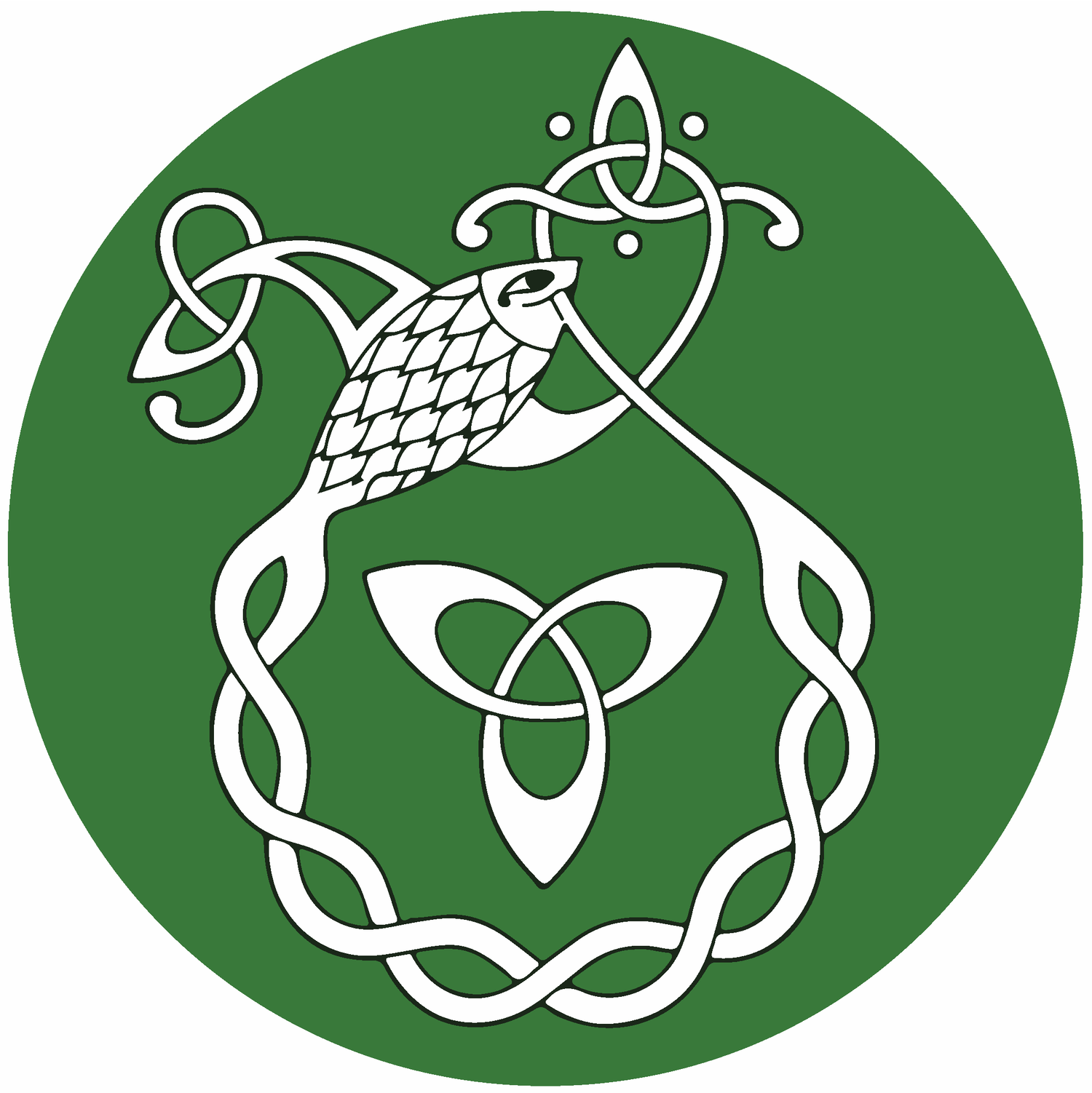Uilliam Há
Unknown-1844, active in Carbonear, Newfoundland
Uilliam Há’s manuscript is a unique treasure. Begun in 1829 while Uilliam lived in An Chúlchoill, Co. Cill Chainnigh, this unfinished collection of free verse, poetry, and Fenian lays, made a remarkable journey. Within the same year, the cherished manuscript had crossed the Atlantic with Uilliam, and he had added the final compositions in his New World home, completing the manuscript by writing:
Uilliam Há roimh so ón Chúlchoill ach anois in aice an chuain a ngorthar Carbonear air, i dTalamh an Éisc.
(Uilliam Há before this from Coolhil but now beside the harbour that is called Carbonear, in Newfoundland.)
The life of Uilliam Há remains shrouded in speculation, with limited historical records available to shed light on his identity. Aodán Ó hEadhra tentatively suggested a connection between Uilliam Há and William Hawe of Harbour Grace, 7 km south.(1) Reports of William Hawe’s death in 1844 provide a crucial link to the manuscript’s author, noting Hawe was also a native of Co. Kilkenny.(2) Unfortunately, the lack of comprehensive details about Há’s life leaves much to be uncovered.
The broader context of Irish migration to Newfoundland offers insights into the transformative journey experienced by individuals like Uilliam Há. Trade between Ireland and Newfoundland flourished following the conclusion of the Seven Years' War, which locally had included the English and French battling for control of the small colony. This lead to an influx of settlers to the Avalon Peninsula. Unlike Irish emigration to Québec or New Brunswick, where families journeyed together to and joined their settled kin, the Newfoundland-bound Irish were predominantly single young individuals, around seven times more men than women, driven by aspirations to improve their circumstances abroad.(3) The Newfoundland economy, with its emphasis on fishing and trade, played a pivotal role in shaping the destinies of these Irish migrants. For those migrating from landlocked Kilkenny, like Uilliam, the transition to the maritime shores of Newfoundland signaled a profound shift in lifestyle:
Each spring, having planted the home fields, they moved with their families down to the “rooms” by the shore, bringing with them livestock, poultry, and household effects. Small gardens were set and livestock released to graze in the woods. Through the summer, cod were caught inshore from small boats. Catching, landing, and processing the fish was backbreaking, monotonous, and sometimes dangerous work, utterly without precedent in the homeland.(4)
So too did the intricate tapestry of cultural traditions face change. The intimate connections with ancestral places and the local natural world that defined Irish life found little resonance in the distant shores of Newfoundland, highlighting the challenges and adaptations faced by individuals like Uilliam Há in navigating a markedly different cultural and environmental landscape.
A tragic narrative underlies Uilliam Há’s manuscript, as the Indigenous Beothuk people of Newfoundland stood on the precipice of extinction. Settler violence, foreign diseases, and starvation had collectively driven them to the brink. In 1823, European fur trappers captured Shanawdithit, her mother, and sister. Transported to St. John's, Shanawdithit found herself alone as her final family members died of tuberculosis. Shanawdithit documented what little is known to European history about the Beothuk people before she too died of Tuberculosis in 1829.
In the very year Uilliam Há arrived, stepping onto the shores of Beothuk land to begin his new life as a prosperous European settler, colonial authorities declared the Indigenous Beothuk culture of Newfoundland extinct.
At some point, the manuscript made the return journey to Ireland, and now rests at St. Macartan's College, Co. Mhuineacháin.
For citation, please use: Ó Dubhghaill, Dónall. 2024. “Uilliam Há.” Na Gaeil san Áit Ró-Fhuar. Gaeltacht an Oileáin Úir: www.gaeilge.ca
-
Ó hEadhra, Aodán. 1998. Na Gaeil i dTalamh an Éisc. Coiscéim: Baile Átha Cliath.
The Indicator (27 July 1844). As mentioned in: Kirwin, William and Seary, E. 1998. Family Names of the Island of Newfoundland. Kingston: McGill-Queen’s Press.
Mannion, John. 1989. “Old World Antecedents, New World Adaptations: Inistioge (Co. Kilkenny) Immigrants in Newfoundland.” Newfoundland Studies, 5(2). 121.
Mannion, John. 1989. “Old World Antecedents, New World Adaptations: Inistioge (Co. Kilkenny) Immigrants in Newfoundland.” Newfoundland Studies, 5(2). 156.




